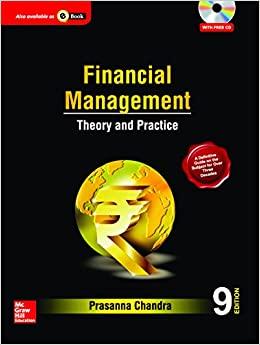Here are the net cash flows (in thousands of dollars): Depreciation, salvage values, net working capital requirements, and tax effects are all included in these cash flows. You also have made subjective risk assessments of each franchise and concluded that both franchises have risk characteristics that require a return of 12.5%. You must now determine whether one or both of the franchises should be accepted. a. (1) Define the term net present value (NPV). What is each franchise's NPV? NPV is the franchises have risk characteristics that require a return of 12.5%. You must now determine whether one or both of the franchises should be accepted. a. (1) Define the term net present value (NPV). What is each franchise's NPV? NPV is the difference bettween the present value of cash inflows \& outflows discounted at a specific rate. Franchise C: 634.1015 Franchise D: 622.9081 (2) According to NPV, which franchise or franchises should be accepted if they are independent? Mutually exclusive? According to payback period, project with lesser payback period need to be accepted. So franchise D is Viable. (3) Would the NPVs change if the cost of capital changed to 10% ? If it would, what is the new NPV? b. (1) Define the term internal rate of return (IRR). What is each franchise's IRR? (2) What is the logic behind the IRR method? According to IRR, which franchises should be accepted if they are independent? Mutually exclusive? (3) Would the franchises' IRRs change if the cost of capital changed to 10% ? If it would, what is the new IRR? c. (1) Draw NPV profiles for Franchises C and D. At what discount rate do the profiles cross? (2) Look at your NPV profile graph without referring to the actual NPVs and IRRs. Which franchise or franchises should be accepted if they are independent? Mutually exclusive? Explain. Are your answers correct at any cost of capital less than 23.6% ? d. Define the term modified IRR (MIRR). Find the MIRRs for Franchises C and D. e. What does the profitability index (PI) measure? What are the PIs of Franchises C and D? f. (1) What is the payback period? Find the paybacks for Franchises C and D. (2) According to the payback criterion, which franchise or franchises should be accepted if the firm's maximum acceptable payback is 2 years and if Franchises C and D are independent? If they are mutually exclusive? (3) What is the discounted payback periods for Franchise C and D? g. In an unrelated analysis, you can choose between the following two mutually exclusive projects, Project A (which lasts for 2 years) and Project B (which lasts for 4 years)








